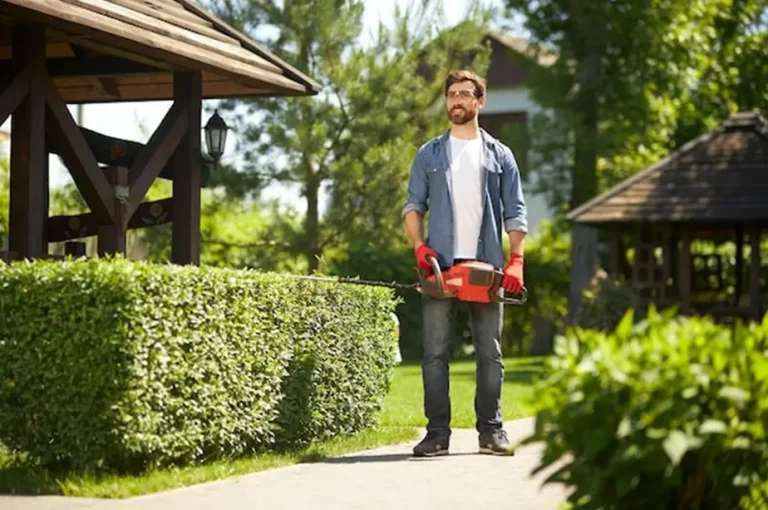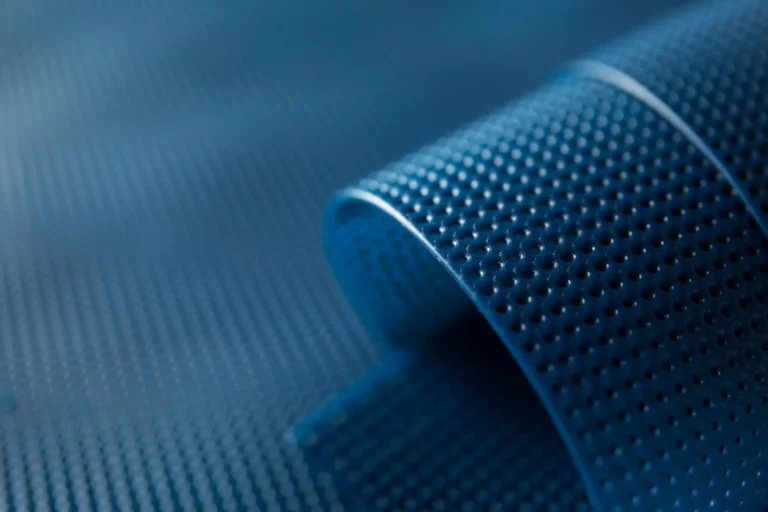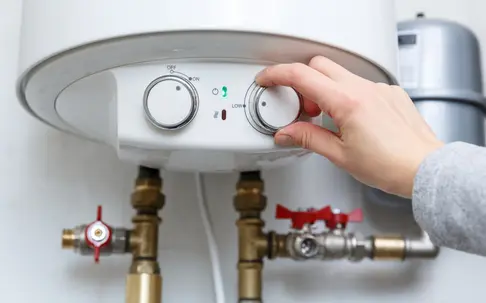Simple Steps to Replace Your Old HVAC System With Modern, Energy-Efficient Alternatives
Consider Replacing Your Old HVAC System?
The decision to replace an old HVAC system often comes down to a desire for lower costs, fewer breakdowns, and better climate control. Many homes in the U.S. still rely on outdated, aging equipment that struggles to meet current standards for efficiency and comfort. Heating and cooling make up roughly 48% of residential energy use, according to the U.S. Department of Energy, which means there’s tremendous potential for savings just by switching to an updated system. A universal heat pump is a modern example of a replacement system engineered for high performance and adaptable to various installation scenarios.
Consider that new models often come equipped with features such as inverter-driven compressors, smart home integration, advanced air filtration, and variable-speed motors. These innovations aren’t just about luxury—they’re deliberate design choices that slash energy usage, optimize indoor air quality, and improve daily living. According to the Environmental Protection Agency, replacing an old unit with a modern, energy-efficient model can reduce your total home energy consumption by as much as 20%. Over the lifetime of your new system, this could add up to hundreds or even thousands of dollars saved. Alongside the cost savings, you’ll also reduce your household’s carbon footprint, making replacement a wise choice for both the budget-conscious and environmentally aware homeowner.
Signs It’s Time for an Upgrade
Many people live with underperforming HVAC systems for far longer than they should, unaware of how much they’re overpaying for heating and cooling or how much they’re sacrificing in comfort. If your equipment is more than 12-15 years old or uses a refrigerant that’s being phased out, like R22, you’re already in the danger zone for higher operating costs and costly repairs. Warning signs can include loud banging, frequent cycling on and off, uneven heating and cooling, or spikes in your monthly utility bills. Persistent odors, rust, excess humidity, or system leaks are also red flags that shouldn’t be ignored.
- Rising energy bills, despite similar usage patterns, indicate a decline in efficiency.
- Noise, rattling, and strange smells are warning signs of worn or failing components.
- Some rooms are always too hot or cold—your HVAC is struggling to distribute air properly.
- Constant repairs or the need for emergency service visits mean maintenance is no longer enough.
- If your system’s SEER rating falls below 13 (or whatever the standard is for your region), it truly pays to upgrade.
Ultimately, comfort, reliability, and peace of mind all improve when you replace your outdated system with a newer, more capable solution.
When considering a replacement for your outdated HVAC system, it’s crucial to explore all available options to ensure you choose the most energy-efficient solution. Consulting with professionals can provide valuable insights into the latest technologies and installation techniques. For those in the Tallahassee area, www.advancedaircarehvac.com offers expert advice and services tailored to your specific needs, ensuring a seamless transition to a modern system. By leveraging local expertise, you can optimize your home’s energy efficiency and comfort, ultimately reducing your environmental footprint and utility costs.
When considering a replacement for your old HVAC system, it’s crucial to choose a reliable contractor who can ensure a seamless transition to a more energy-efficient model. For those in the Sarasota area, finding a reputable service provider is essential. One option is to explore hvac sarasota, where you can find experienced professionals who specialize in modern HVAC solutions. By selecting a trusted contractor, you can enjoy improved energy efficiency and comfort in your home, while also potentially reducing your energy bills. This step is vital in ensuring that your new system operates at its optimal performance, providing you with long-term benefits.
When considering a new HVAC system, it’s crucial to evaluate the latest energy-efficient models that can significantly reduce your utility bills and environmental impact. Modern systems offer advanced features such as smart thermostats and variable speed motors, which optimize performance and comfort. Additionally, professional installation ensures that your system operates at peak efficiency. For those looking to delve deeper into the benefits and options available, Learn more about the latest innovations and how they can transform your home’s climate control. This step not only enhances your living environment but also contributes to a more sustainable future.
How to Select the Right Energy-Efficient System
Choosing your next HVAC system shouldn’t be a snap decision. Start by evaluating the size of your home, insulation levels, existing ductwork, sun exposure, and local climate. Not all systems are created equal when it comes to efficiency or performance in extremely hot or cold environments. It’s vital to select equipment rated for those particular demands. Units that carry the ENERGY STAR® label are typically 15% more efficient than baseline models and may qualify you for rebates or tax incentives as well.
To facilitate comparisons, the Consumer Reports guide to buying an HVAC system provides in-depth product reviews, reliability ratings, and side-by-side efficiency data. Use this information to narrow down your options, and don’t hesitate to seek recommendations from licensed HVAC professionals. In addition, consider whether advanced features—such as smart thermostats, zoning, or variable-speed compressors—would improve comfort and add value for your specific lifestyle and household needs.
Understanding SEER and Other Ratings
Efficiency ratings are at the heart of making a smart HVAC purchase. The SEER (Seasonal Energy Efficiency Ratio) measures how effectively an air conditioner or heat pump cools while using as little electricity as possible—the higher the SEER, the greater the savings over time. The Heating Seasonal Performance Factor (HSPF) does the same for heating operations, especially with heat pump systems. Inverter-driven systems, now increasingly standard on premium models, adjust their output in response to real-time demand, which can significantly reduce both noise and energy costs.
Many HVAC professionals recommend aiming for a SEER rating of at least 15 or 16 in most climates, although even higher ratings are available for those seeking the best efficiency. Be cautious of selecting a capacity that is too large or too small—improper sizing can offset potential savings, cause comfort issues, and reduce equipment lifespan.
Steps to Replace Your HVAC System
- Audit your home’s insulation, weatherstripping, and ductwork to ensure optimal energy efficiency. Addressing drafts and leaks before installing a new system means you’ll reap the full rewards of your upgrade.
- Research brands and models, compare efficiency ratings, and consider warranties and the availability of support. Seek advice to confirm proper sizing using trusted calculators or an HVAC assessor.
- Decide between doing it yourself and hiring a professional. Removing, configuring, and charging HVAC equipment isn’t simple—if you’re unsure, it’s safer to hire a licensed contractor.
- Plan for the removal and environmental disposal of your old system, especially if it contains refrigerants. Many installers will include haul-away as part of the package.
- Install the new system meticulously, following the manufacturer’s instructions down to the last detail. Duct modifications or thermostat upgrades may be necessary.
- Once installed, test the new equipment. Verify temperatures, airflow, and that all zones respond appropriately.
- Establish a routine maintenance schedule. An annual inspection prevents small issues from becoming big ones and keeps warranties valid.
Following this methodical approach creates a seamless transition to cleaner, faster, and more efficient home comfort.
Financial Incentives: Save Money on Upgrades
Modernizing your HVAC system doesn’t have to be daunting or financially overwhelming. A variety of rebates, tax deductions, and special financing plans are available for homeowners who opt for energy-efficient HVAC solutions. Check federal, state, and local government programs and your utility provider’s website for active offers—these can sometimes offset as much as 30% of your project’s up-front costs. Understanding and comparing cirro energy ratings can further guide your choice, helping you select systems that maximize efficiency and savings. Additionally, resources like Utility Bidder can help you better understand available energy plans and rates when selecting a system that aligns with long-term savings goals.
It’s wise to gather all relevant information before making your purchase. The Department of Energy frequently updates its list of qualifying equipment and incentive programs nationwide. By leveraging these savings, even higher-end, feature-rich systems can become affordable and increase your home’s value at resale.
Maintaining Your New System for Long-Term Efficiency
A new HVAC system is only as good as the care it receives. Make it a habit to change the air filter every 1–3 months to prevent dust buildup and ensure optimal airflow. Outdoor components should be kept clear of accumulating leaves, tall grass, and other debris to avoid restricted operation and overheating. Schedule a professional service at least once per year to calibrate controls, check refrigerant levels, clean or replace coils, and inspect electrical connections.
- Maintain an unobstructed clearance around both indoor and outdoor units.
- Monitor for leaks around connections and ductwork that can sabotage efficiency.
- Ensure thermostats are functioning and programmed for energy savings where possible.
- Address problems quickly—small fixes now prevent major repairs later.
Diligent maintenance extends the lifespan of your investment and keeps your home’s air clean and comfortable throughout the year.
Making the Switch: What Homeowners Say
Upgrading to modern, high-efficiency HVAC systems provides homeowners with immediate benefits such as quieter operation, faster temperature response, and lower utility bills. These systems offer better indoor air quality and humidity control, particularly beneficial for migraine and allergy sufferers. National reports confirm decreased energy usage and emissions as more homes adopt cleaner heating and cooling solutions. Overall, investing in an upgraded HVAC system leads to significant savings and enhances comfort and quality of life.
Also Read-What Are The Most Important Benefits Of Availing The Services Of The Home Maintenance Company?






